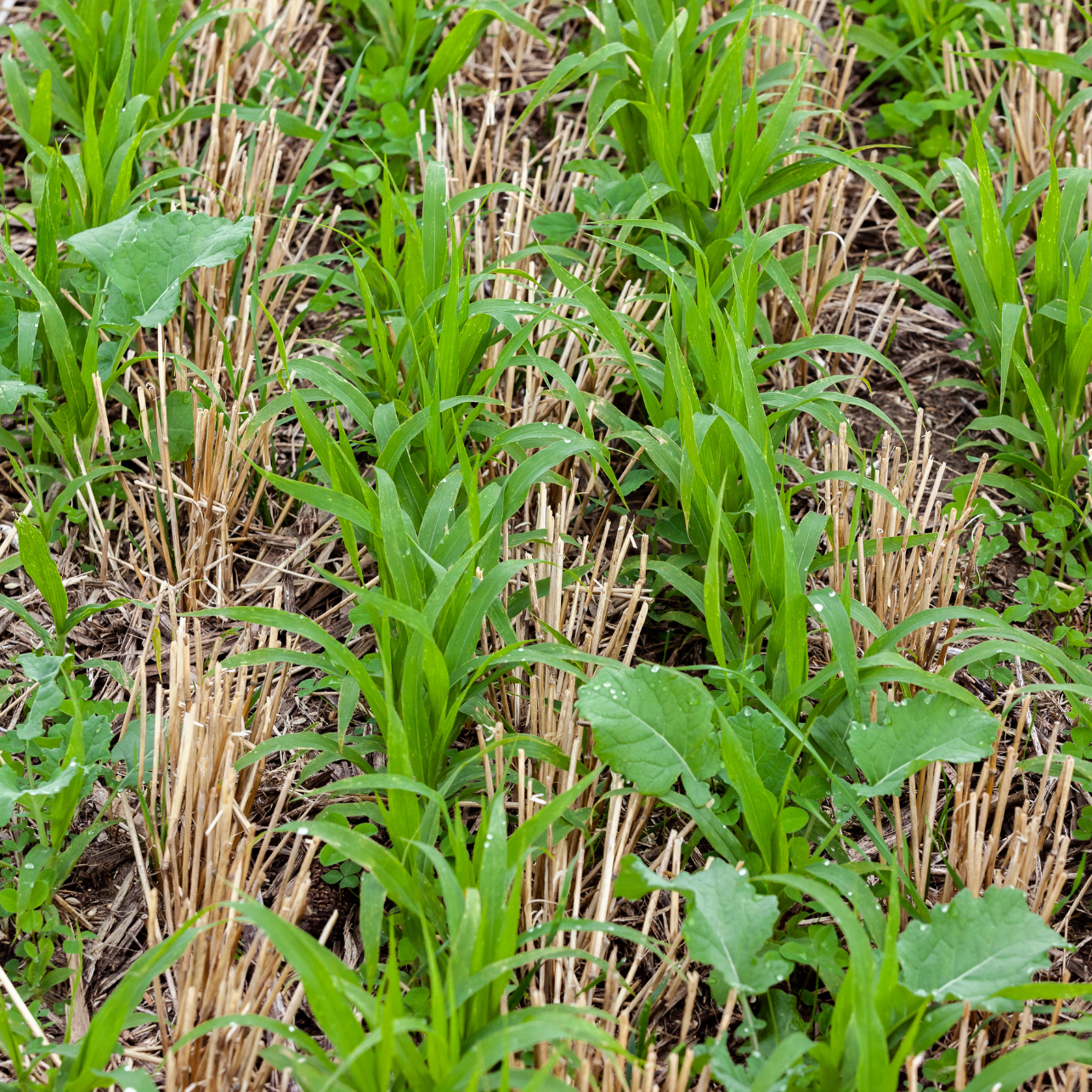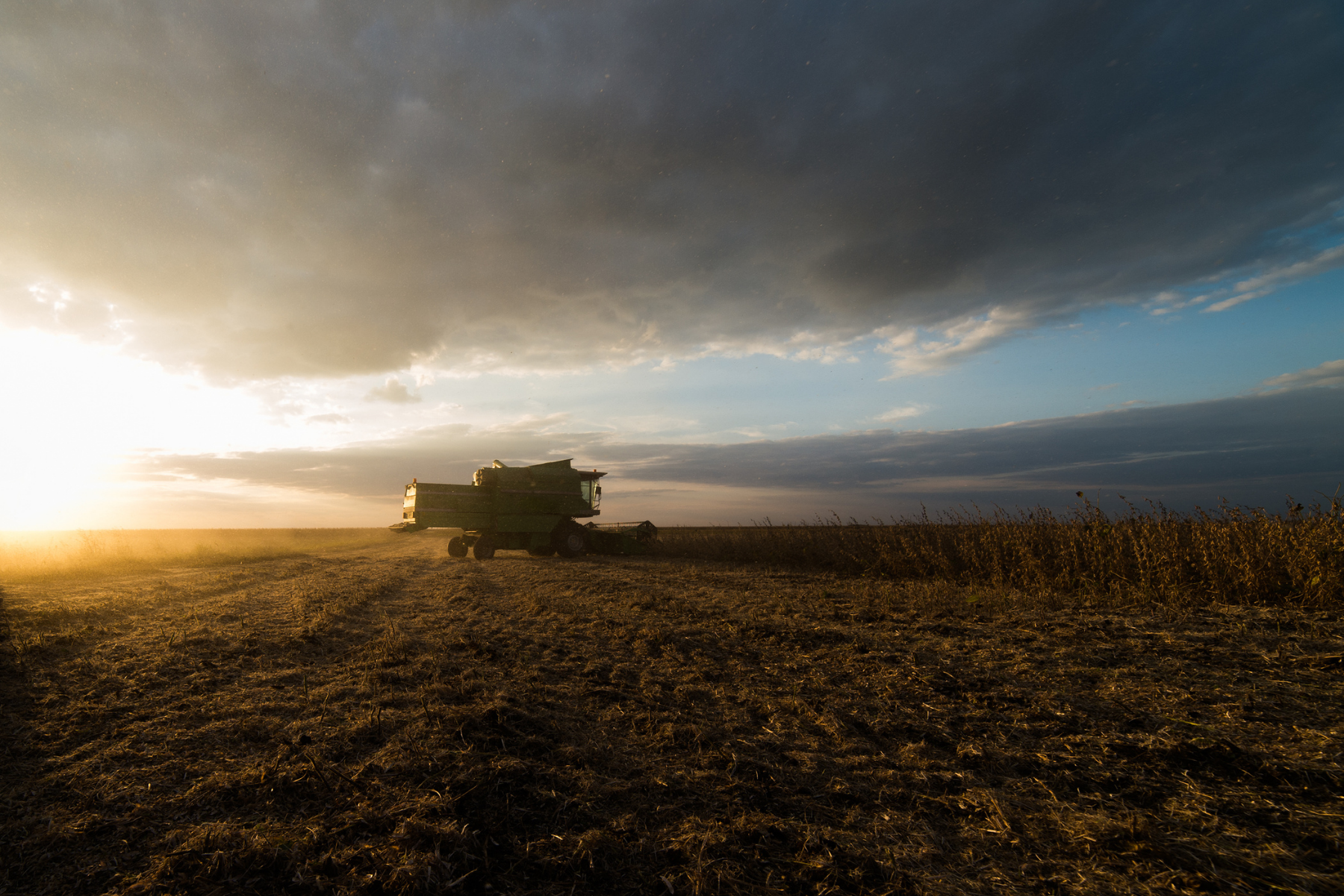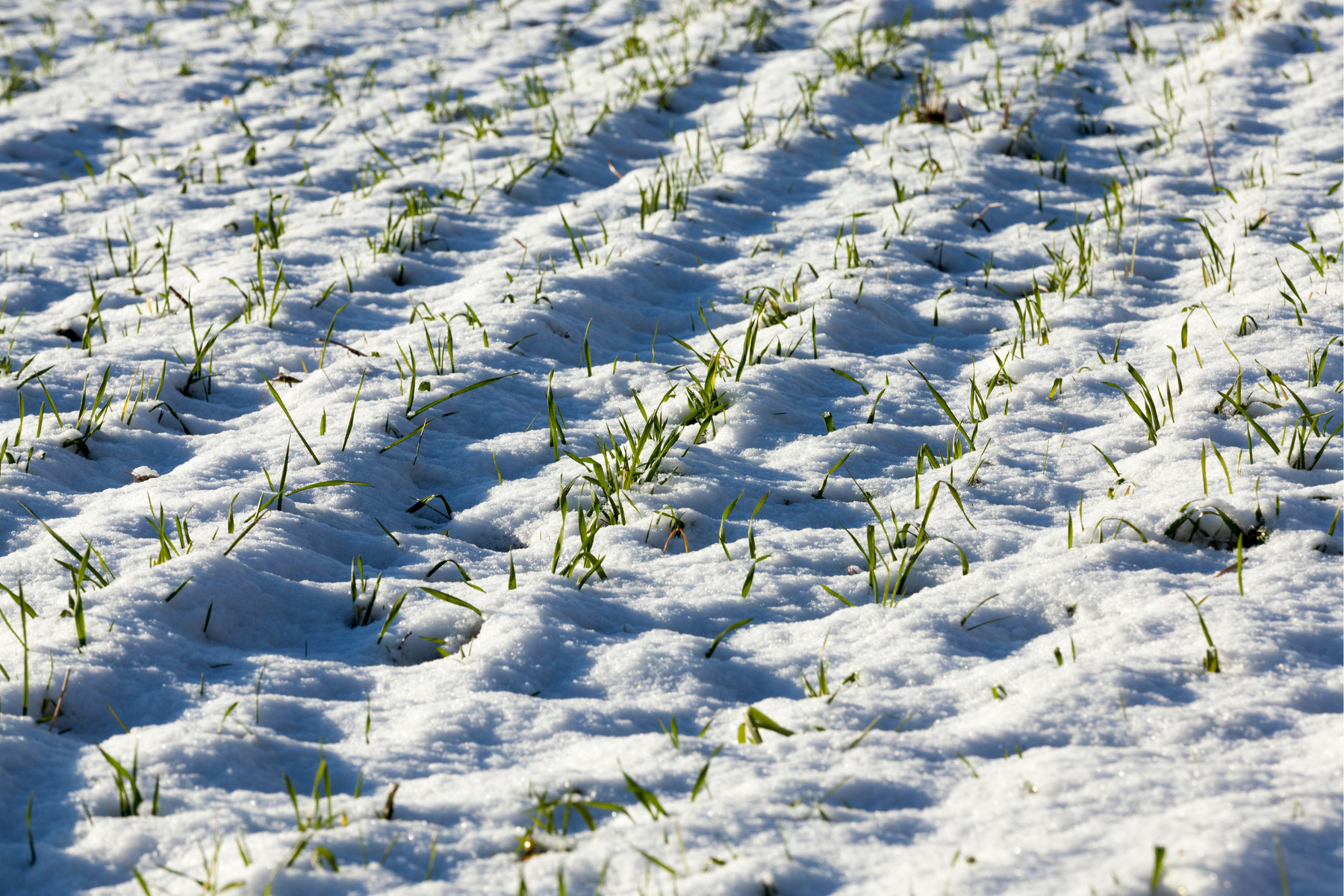Cover crops are a fundamental part of sustainable agriculture, offering benefits that extend beyond soil health to include improved nutrient management, erosion control, and enhanced biodiversity. Effective cover crop planning can significantly impact the success of your farming operation. In this guide, we’ll provide expert tips on how to plan and manage cover crops to maximize their benefits for your farm.
Why Plan Your Cover Crops?
Effective cover crop planning is crucial because it ensures that your cover crops are suited to your specific goals and conditions. Without a well-thought-out plan, you might miss out on the full range of benefits that cover crops can offer.
Proper planning helps:
- Maximize Soil Health: Different cover crops provide varying benefits to soil health, from improving soil structure to increasing organic matter.
- Optimize Nutrient Management: Some cover crops can capture and store nutrients, reducing the need for synthetic fertilizers and minimizing nutrient runoff.
- Enhance Farm Productivity: A well-planned cover crop strategy can improve crop yields and overall farm productivity.
Key Factors in Cover Crop Planning
1. Define Your Goals
Understanding your objectives is the first step in planning your cover crops. Common goals include:
- Soil Erosion Control: Use cover crops with extensive root systems to stabilize the soil.
- Nutrient Management: Choose cover crops that capture and recycle nutrients, such as nitrogen-fixing legumes.
- Organic Matter Addition: Opt for species that decompose quickly and add organic matter to the soil.
2. Assess Your Soil and Climate Conditions
Your soil type and climate will influence the types of cover crops that are suitable for your farm. Consider:
- Soil Type: Clay, sandy, or loamy soils may require different cover crops to address their specific needs.
- Climate: Choose cover crops that are adapted to your local climate and growing season.
3. Select Appropriate Cover Crop Species
Different cover crops serve different purposes. Here are some common types and their benefits:
Legumes
- Examples: Clover (crimson, red, white), vetch (hairy, common), peas (field, Austrian winter)
- Benefits: Fix nitrogen in the soil, improve soil fertility, and increase organic matter.
Grasses
- Examples: Rye (winter, cereal), oats, barley, wheat
- Benefits: Provide erosion control, improve soil structure, and increase organic matter.
Brassicas
- Examples: Radish (daikon), turnip, mustard
- Benefits: Break up compacted soil, improve soil structure, and suppress weeds.
Other Types
- Examples: Buckwheat, phacelia, and sorghum
- Benefits: These can offer quick ground cover, attract beneficial insects, and improve soil health.
4. Determine Planting and Termination Timing
The timing of planting and terminating your cover crops can impact their effectiveness.
Planting Time: Ideally, plant cover crops after harvest and before the first frost. This ensures they have enough time to establish and grow.
Termination Time: Terminate cover crops before planting your main crops to avoid competition for resources. The timing will vary based on the cover crop species and your main crop’s requirements.
5. Plan for Management and Incorporation
Effective management and incorporation are key to maximizing the benefits of cover crops.
Incorporation Methods: Depending on your equipment and soil conditions, you may use a tiller, roller crimper, or other methods to incorporate cover crops into the soil.
Management Practices: Monitor your cover crops for pests and diseases, and manage them according to your specific needs.
Types of Cover Crops and Seed Selection
Choosing the right cover crop species and seeds is vital for achieving your desired outcomes. Here’s a more detailed look at different cover crops and how to select the best seeds for your needs:
Legumes
Why Choose Legumes? Legumes are known for their ability to fix atmospheric nitrogen into the soil, making it available for subsequent crops. They also improve soil structure and add organic matter.
Popular Choices:
- Crimson Clover: Ideal for moderate climates and adds significant nitrogen.
- Hairy Vetch: Performs well in cooler temperatures and improves soil structure.
- Austrian Winter Peas: Good for colder climates and adds both nitrogen and organic matter.
Seed Selection Tips:
- Check Seed Quality: Ensure seeds are fresh and have high germination rates.
- Consider Variety: Choose varieties suited to your local climate and soil conditions.
- Inoculate Seeds: Use appropriate rhizobium inoculants to enhance nitrogen fixation.
Grasses
Why Choose Grasses? Grasses help control erosion, improve soil structure, and add organic matter. They are generally hardy and can establish quickly.
Popular Choices:
- Winter Rye: Excellent for overwintering and provides substantial ground cover.
- Oats: Quick to grow and decompose, good for warmer climates.
- Barley: Provides erosion control and is effective in cooler climates.
Seed Selection Tips:
- Choose Varieties: Select varieties that are well-suited to your growing season and soil type.
- Seed Rate: Adjust the seeding rate based on the specific grass species and your field conditions.
- Mixes: Consider using a blend of grasses for added benefits, such as improved ground cover and biomass production.
Brassicas
Why Choose Brassicas? Brassicas are excellent for breaking up compacted soil, improving soil structure, and suppressing weeds. They also contribute to organic matter and nutrient cycling.
Popular Choices:
- Daikon Radish: Known for its deep taproot, which can help alleviate soil compaction.
- Mustard: Provides quick ground cover and helps with weed suppression.
- Turnip: Adds organic matter and helps improve soil structure.
Seed Selection Tips:
- Adjust Seeding Rates: Brassicas typically require higher seeding rates for effective ground cover.
- Mix with Other Crops: Combine brassicas with legumes or grasses for a more comprehensive cover crop strategy.
Other Types
Why Choose Other Types? Other cover crops, such as buckwheat or phacelia, offer unique benefits such as attracting beneficial insects or providing quick ground cover.
Popular Choices:
- Buckwheat: Grows rapidly, provides good ground cover, and attracts pollinators.
- Phacelia: Known for its ability to attract beneficial insects and improve soil health.
- Sorghum-Sudan Grass: Offers excellent biomass production and is effective for summer cover.
Seed Selection Tips:
- Choose Based on Purpose: Select seeds based on the specific benefits you are looking for, such as insect attraction or rapid growth.
- Consider Growing Conditions: Ensure seeds are suitable for your local climate and soil conditions.
6 Expert Tips for Successful Cover Crop Planning
1. Rotate Cover Crops
Rotating cover crops can prevent pest and disease build-up and improve soil health. For example, after growing a legume cover crop, you might choose a grass or brassica for the next season.
2. Monitor Soil Health Regularly
Regular soil testing helps you understand how cover crops are affecting your soil’s nutrient levels and overall health. Adjust your cover crop plan based on these findings to continuously improve soil conditions.
3. Integrate Cover Crops into Your Overall Farm Plan
Consider how cover crops fit into your broader crop rotation and farm management plan. Ensure that they complement your main crops and other farm practices.
4. Use Cover Crops for Weed Suppression
Cover crops can help suppress weeds by outcompeting them for light and nutrients. Choose cover crops with dense growth patterns to enhance weed control.
5. Take Advantage of Local Knowledge
Consult with local agronomists or extension services for advice tailored to your specific region. They can provide insights on which cover crops perform best in your area and offer guidance on managing them effectively.
6. Evaluate and Adjust
Regularly evaluate the performance of your cover crops. If certain species or practices aren’t delivering the desired results, be prepared to adjust your plan. Continuous improvement is key to successful cover crop management.
4 Common Mistakes to Avoid
1. Overlooking Soil Conditions
Ignoring soil conditions can lead to ineffective cover crop performance. Ensure that the cover crops you select are suited to your soil type and condition.
2. Ignoring Timing
Timing is crucial for maximizing the benefits of cover crops. Plant too late, and you may not get enough growth; terminate too early, and you might miss out on key benefits.
3. Neglecting to Incorporate
Failing to properly incorporate cover crops can result in reduced benefits. Ensure that you integrate cover crops into the soil effectively to improve soil health and structure.
4. Using the Same Cover Crops Repeatedly
Repeatedly using the same cover crops can lead to issues such as pest build-up and reduced soil health. Rotate cover crops to maintain a balanced and healthy soil ecosystem.
Key Takeaways
Cover crop planning is an essential aspect of sustainable farming that can significantly enhance soil health, nutrient management, and overall farm productivity. By understanding the different types of cover crops, selecting the right seeds, setting clear goals, and managing your cover crops effectively, you can unlock the full potential of this valuable practice. Regular evaluation and adjustment will help you continually improve your cover crop strategy and achieve long-term success.
For personalized advice and recommendations, consider consulting with a certified crop advisor or agronomist. They can provide tailored guidance to help you make the most of your cover crop planning and management efforts.




